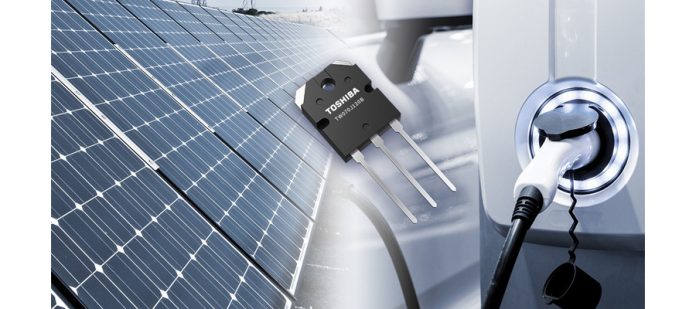Given that electric vehicles come with battery packs ranging from 400 to 800 volts, it becomes necessary to safeguard the power systems within the vehicle’s engine compartment. This protection is crucial in order to prevent potential dangers to both the high-voltage distribution and the connected loads.
A faster form of circuit protection is offered by the Microchip with a series of SiC-based high-voltage electronics fuses targeted at EVs that features a continuous current rating of up to 30 A.
Microchip recently presented a reference design for a high-voltage auxiliary E-Fuse, incorporating automotive-grade, 1,200-V silicon-carbide (SiC) MOSFETs as the core components. The device is controlled by a PIC microcontroller (MCU) and is connected to a 1.5-A gate driver responsible for switching the FETs on and off. Therefore, the package includes capabilities for voltage, temperature, and current sensing.
The device showcases the benefits of SiC, such as its excellent high-frequency switching characteristics, enabling it to swiftly identify and interrupt overcurrent faults. Its quick response times effectively minimize peak short-circuit currents from tens of thousands down to hundreds of amps, thereby averting hard failures caused by faults. It can withstand short circuits for up to 10 µs. The time-current characteristic (TCC) curve of the high-voltage electronic fuse illustrates its overcurrent protection capabilities, illustrating the relationship between response time and current.
In this case, the curve is generated through three distinct detection methods, which are selected based on the desired response times and the magnitude of current flowing through the system. Overcurrent faults can be identified by utilizing current measurements obtained from the core independent peripherals (CIP) of the MCU. Alternatively, high currents can be detected by estimating the junction temperature of the SiC power FETs. In the event of a short circuit, hardware-based current measurements are employed. Microchip, the manufacturer, mentioned that the electronic fuse, currently available in sample quantities, is equipped with a LIN communication interface that simplifies the configuration of overcurrent trip characteristics.
Unlike conventional fuses that require replacement once they are triggered, electronic fuses offer the advantage of being resettable, reducing the complexity of the system. Issues like shocks, arcing, and contact bounce, which can affect reliability over time, are mitigated when using e-fuses. Moreover, the board is compatible with Microchip’s MPLAB X IDE, facilitating software development and debugging processes.
Ultimately, the reference design serves as a valuable development tool, providing insights into the functionality of e-fuses within high-voltage power distribution systems. According to Microchip, the e-fuse is not only suitable for electric vehicle (EV) systems but also demonstrates its effectiveness in DC smart grids, EV chargers, and other relevant markets.










